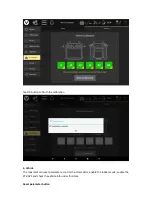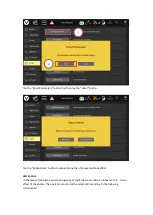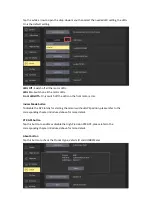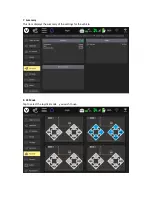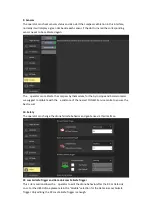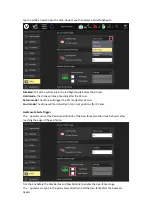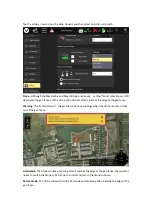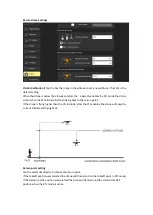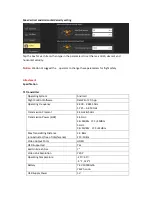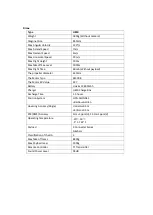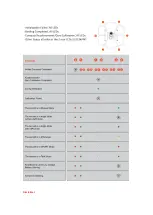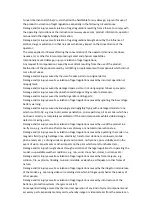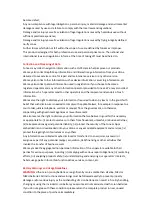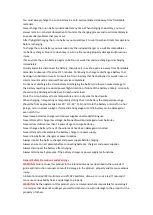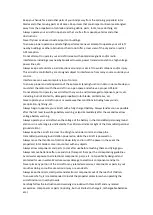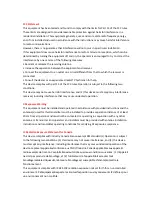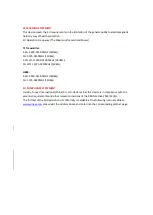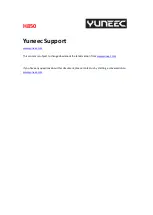
Keep your hands, face and other parts of your body away from the spinning propellers/rotor
blades and other moving parts at all times. Keep items that could impact or become entangled
away from the propellers/rotor blades including debris, parts, tools, loose clothing, etc.
Always operate your aircraft in open areas that are free from people, vehicles and other
obstructions.
Never fly near or above crowds, airports or buildings.
To ensure proper operation and safe flight performance never attempt to operate your aircraft
nearby buildings or other obstructions that do not offer a clear view of the sky and can restrict
GPS reception.
Do not attempt to operate your aircraft in areas with potential magnetic and/or radio
interference including areas nearby broadcast towers, power transmission stations, high voltage
power lines, etc.
Always keep a safe distance in all directions around your aircraft to avoid collisions and/or injury.
This aircraft is controlled by a radio signal subject to interference from many sources outside your
control.
Interference can cause momentary loss of control.
To ensure proper and safe operation of the automatic landing function in Return Home Mode you
must start the motors with the aircraft in an open space and achieve a proper GPS lock.
Do not attempt to operate your aircraft with any worn and/or damaged components, parts, etc.
including, but not limited to, damaged propellers/rotor blades, old batteries, etc.
Never operate your aircraft in poor or severe weather conditions including heavy winds,
precipitation, lightning, etc.
Always begin to operate your aircraft with a fully charged battery. Always land as soon as possible
after the first level low voltage battery warning or land immediately after the second level low
voltage battery warning.
Always operate your aircraft when the voltage of the battery in the transmitter/personal ground
station is in a safe range (as indicated by the LED status indicator light of the transmitter/personal
ground station).
Always keep the aircraft in a clear line of sight and under control, and keep the
transmitter/personal ground station powered on while the aircraft is powered on.
Always move the throttle control stick down fully and turn off the power in the event the
propellers/ rotor blades come into contact with any objects.
Always allow components and parts to cool after use before touching them and flying again.
Always remove batteries after use and store/transport them per the corresponding guidelines.
Avoid water exposure to all electronic components, parts, etc. not specifically designed and
protected for use in water. Moisture causes damage to electronic components and parts.
Never place any portion of the aircraft or any related accessories, components or parts in your
mouth as doing so could cause serious injury or even death.
Always keep chemicals, small parts and electronic components out of the reach of children.
To ensure safe fly, it is recommended to install the propeller protectors when operating the
aircraft indoors or nearby crowds.
Carefully follow the instructions and warnings included with this aircraft and any related
accessories, components or parts (including, but not limited to, chargers, rechargeable batteries,
etc.).
Summary of Contents for H850
Page 1: ...H850 Operation Manual...
Page 28: ...Step 5 Connecting Step 6 Tap the Finish button to finish the binding process...
Page 29: ......
Page 81: ...Disclaimer...

